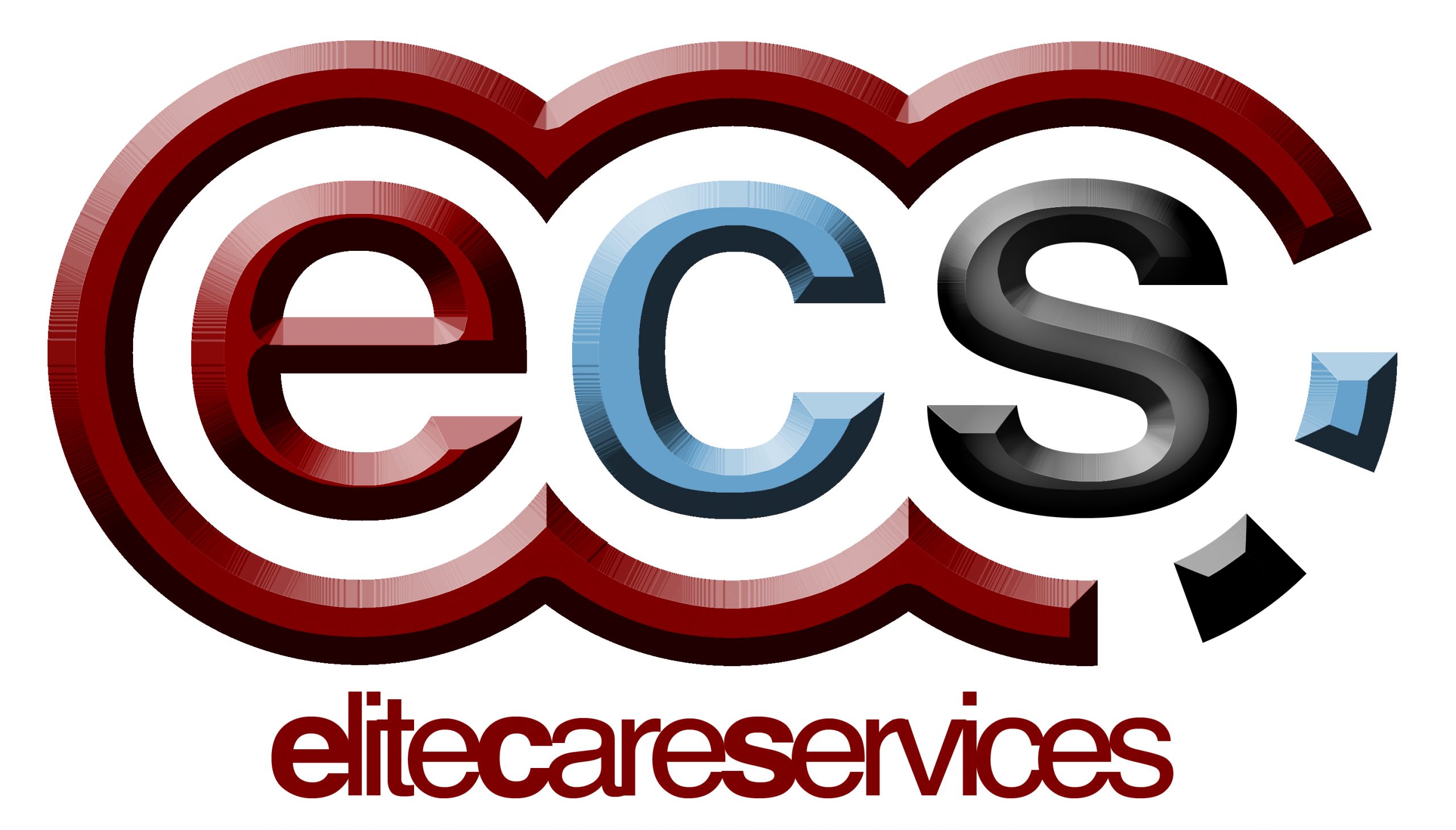How to start a franchise and make it profitable
While franchising seems like a straightforward route to a profitable business, successful franchises don’t just pop up out of nowhere. Behind every profitable franchise is a determined and savvy franchisee, who has worked hard to make the franchise a lucrative investment. In this post, we offer some of our tips, tricks and insights into how to make your franchise profitable.
Also check out our guide: Starting a Franchise – 12 Month Plan
Keep track of your costs – and see where you can trim them
From the outset, it is important to mention that if you wish to be successful in the long term, you should never cut costs at the expense of offering a high-quality product or service. Your fundamental offering is what keeps customers coming back again and again, so always strive to maintain consistency and high standards. However, when looking at your outgoings simply keeping a close eye on where you are leaking excess cash can make your business more profitable. The areas you should focus on are premises, finance, suppliers and production.
Firstly, take a look at your premises – are you making the most of the space? Could you do more with it to make more money? Is the location essential? If you run a business that is not client-facing, perhaps you could move to a cheaper or smaller space in a less expensive area or even work from home.
You should also look at how your business is financed. Do you rack up a lot of interest or charges by using loans or an overdraft? This can quickly eat into your profits.
While you may think that your supply costs are fixed, you could negotiate a better deal with your suppliers. This is especially true where you have established a strong relationship with them or where you are increasing your order amounts or frequency.
Production times and processes can also affect your profitability. Could you streamline the process in any way? As they say, time is money and being able to produce more of your product or provide your service in a more efficient way can add significantly to your bottom line.
Set goals
When you write your business plan, your projections are largely a work of fiction. While they may be based on what you can expect to make and detailed calculations, they will only come to fruition where you set achievable, realistic goals and take action to meet these goals. The more detailed you can make your plan or roadmap to meet these goals, the more likely you are to achieve them. In business, people often talk about setting ‘SMART’ goals.
This means goals that are:
- Specific
- Measurable
- Achievable
- Realistic
- Timely
When you are creating your business plan, measure every goal you set against the SMART goals terms.
Measure your success
As well as measuring your finances and outgoings, you need to measure success in other ways too. To make sure you are operating efficiently, and that customers value your product or service you should set key performance indicators (KPIs). KPIs should be specific to your business, show that your business is meeting its goals and they should be clearly measurable.
Some examples of KPIs include:
- Employee satisfaction rates
- Low customer churn rate
- Leads
- Website traffic
- Search engine rankings
- Social media followers
- Net profit margin
KPIs are an excellent way of helping you to move closer to having a better business and as a result greater profitability. However, it is important for your SMART goals and KPIs that you ensure there is an element of accountability. Review your performance regularly, and where you are failing to meet your goals analyse why that might be.
Sell with focus
A huge part of profitability, is naturally, sales. There are two main strategies that will allow you to boost your turnover through sales:
- Selling more to your existing customers
- Finding new customers to sell to
Principally, you should concentrate your sales on customers who spend the most with you. These are your high-value customers and can provide greater profitability even with a low volume of sales. Key selling techniques you should look into include:
Trying to sell your existing customers or new customers more expensive or add on products – known as ‘upselling
Recognising the needs of your existing customers and create a product or service just for them – known as diversifying
Your customers can be your greatest source of information on how to sell to them. You should listen to customer feedback about your products and services and listen to their own concerns about your business. Understanding your customers is an important part of running a profitable franchise.
Ready to start your profitable franchise? Take a look around the Quality Franchise Association Directory to browse a range of QFA accredited franchise members.





















































